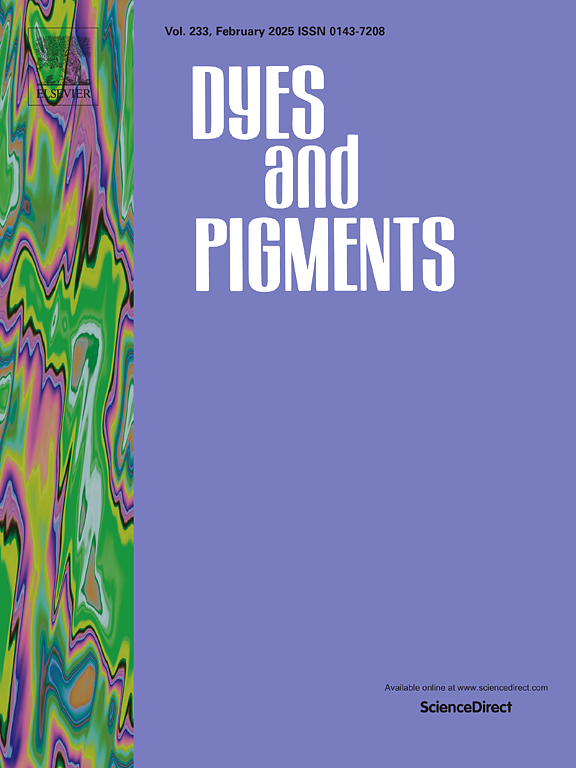Machine learning assisted prediction of disperse dye exhaustion on polylactic acid fiber with interpretable model
IF 4.1
3区 工程技术
Q2 CHEMISTRY, APPLIED
引用次数: 0
Abstract
Polylactic acid (PLA) is a promising green alternative for petroleum-based synthetic fibers, but the high-exhaustion dyeing of PLA is still an obstacle to its widespread application in textiles and therefore the development of disperse dye for PLA dyeing has been an urgent focus. Here, the exhaustion database of disperse dyes for PLA fiber from literatures and laboratory experiments was established to develop a machine learning model for predicting the dye exhaustion on PLA fiber, and the model was interpreted by Shapley Additive exPlanations (SHAP) and applied to pre-filtering out candidates with high-exhaustion that collected from literatures. It was found that the AUC of the constructed model in 10-fold stratified cross-validation and test set were 0.887 and 0.859, respectively. According to SHAP analysis, chain substructures such as the ester chain and alkyl chain are conducive to exhaustion while the cyan group (∗-C![]() N) attached to the aromatic ring is unfavorable. In external application, the model maintained an AUC of 0.885, demonstrating excellent applicability and generalizability. Furthermore, 3 yellow dyes from 27 reported samples were screened out as worthy of high-exhaustion dyeing because of the shortage of yellow dyes for PLA fiber. This study provides a convenient way to develop high-performance dyes for new green fibers. All data and code are available from Github (https://github.com/Sixty-four-floor/Exhaustion-PLA).
N) attached to the aromatic ring is unfavorable. In external application, the model maintained an AUC of 0.885, demonstrating excellent applicability and generalizability. Furthermore, 3 yellow dyes from 27 reported samples were screened out as worthy of high-exhaustion dyeing because of the shortage of yellow dyes for PLA fiber. This study provides a convenient way to develop high-performance dyes for new green fibers. All data and code are available from Github (https://github.com/Sixty-four-floor/Exhaustion-PLA).
求助全文
约1分钟内获得全文
求助全文
来源期刊

Dyes and Pigments
工程技术-材料科学:纺织
CiteScore
8.20
自引率
13.30%
发文量
933
审稿时长
33 days
期刊介绍:
Dyes and Pigments covers the scientific and technical aspects of the chemistry and physics of dyes, pigments and their intermediates. Emphasis is placed on the properties of the colouring matters themselves rather than on their applications or the system in which they may be applied.
Thus the journal accepts research and review papers on the synthesis of dyes, pigments and intermediates, their physical or chemical properties, e.g. spectroscopic, surface, solution or solid state characteristics, the physical aspects of their preparation, e.g. precipitation, nucleation and growth, crystal formation, liquid crystalline characteristics, their photochemical, ecological or biological properties and the relationship between colour and chemical constitution. However, papers are considered which deal with the more fundamental aspects of colourant application and of the interactions of colourants with substrates or media.
The journal will interest a wide variety of workers in a range of disciplines whose work involves dyes, pigments and their intermediates, and provides a platform for investigators with common interests but diverse fields of activity such as cosmetics, reprographics, dye and pigment synthesis, medical research, polymers, etc.
 求助内容:
求助内容: 应助结果提醒方式:
应助结果提醒方式:


